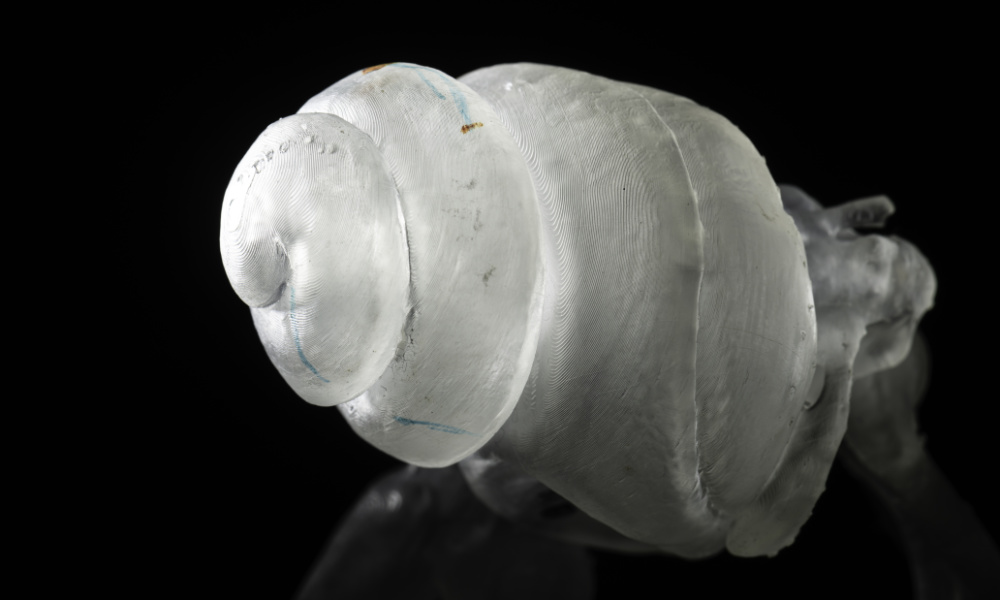Will hearing aids ever be as effective as corrective eyewear?

Despite recent advances in hearing aids, a frequent complaint among users is that the devices tend to amplify all the sounds around them, making it hard to distinguish what they want to hear from background noise, says Jong-Hoon Nam, a researcher at the University of Rochester.
Nam, a professor of both mechanical and biomedical engineering, believes a key part of the answer to the problem lies inside the cochlea of the inner ear. That’s where incoming sound waves trigger minute vibrations of the hair cells, sensori-receptor cells in the inner ear. These mechanical vibrations are then converted into neurosignals that are delivered to the brain.
